Types of Bone Fractures | Which type of fracture requires surgery? | किस प्रकार के फ्रैक्चर के लिए सर्जरी की आवश्यकता होती है?
- 2.34K
- 2 years ago
Dr. Manpal Singh Narula
Dr. Manpal Singh Narula
Types of Bone Fractures | What fracture requires surgery?
In this video SimpliHealth expert orthopedic Dr. MS Narula is talking about Which types of bone fractures usually requires surgery?. So a very important question patients ask the orthopedic surgeon is. Which types of bone fractures to operate on and which fractures we can manage non-operatively. As our experts told you, we emphasise using the limb as early as possible, or they can stand. If we keep the plaster, the fracture may join in two to a half months, but it might lead to stiffness; the patients can’t do their work. So nowadays, we fix it. But there are some fractures in which we recommend surgeries if it is a joint fracture.
- Closer to the joint or involved: Maybe it is a knee or shoulders joint.
- Joint fracture: We wish it fixes like a normal surface joint like a ball and socket.
- Smooth: It will work well; otherwise, if it’s connected in the wrong way, it will irritate us later and lead to early arthritis. It will heal but will irritate. In that case, we advise the patients to opt for surgery.
Let us get all the pieces together whatever we can do, and as much as possible, we call it fixing in natural alignment. It has two advantages: one, they can use their limb and restore its natural function as its shape would be normal, and very importantly, the patient’s function will be much more satisfactory than the plaster. So in these intra-articular fractures that involve the joint surfaces, one should always operate on them. Although they will unite without fractures, the results of fixing it, with operative management, are much better than not fixing, which is a conservative method. This is my advice to all of you.
NAILS OR PLATES
And the other thing now that we have shifted from the use of implants to screw nails. As you may have heard before, hip fractures are very common in old age. We have these long bones in the leg called the femur, and the other is the tibia. Earlier, we used to fix long bones with plates. There was the usage of bulky plates, and even after plates, we could not put weight on them. Because there was always a fear of breaking the plates, their screws irritate, and we had to give a long incision. So in the case of these long bones like the femur and tibia, we must fix them with nails instead of plates.
However, in some cases, we fix them with plates. But most of the time, we fix it with nails. Now, what are these nails or plates? Patients often ask the doctor if they are going for this operation. Patients are very aware, well-read and want to know which implant we will use, so they ask whether you insert a plate or nail. The plates are fixed on the surface of the bones. As you can see here, the bone is on the plate.The disadvantage is that we need to give a big incision, and plates used to trouble a lot. There was always a fear of breaking, and we couldn’t put weight on it until it did not connect the bones.
Today you all must know the bone is like a hollow structure like a tube. Hence, we insert nails using that hollow structure, especially in the femur and tibia with a small incision. The advantage of the use of nails is the small incision. With the small incision, we insert these nails into the tubes. Think of it as like one tube is going inside another, and when we put weight on it, nails also take some weight.
So because of this, we can quickly put weight on it. And there are some screws inside nails called interlocking nails at the top and bottom. And with this, we fix these long bones, and the patient can stand on the second day or the same day of surgery and put his total weight on it. So this is the advantage of putting the nails. So especially in long bones and wherever possible we would like to put nails. The advantage is the small incision; with the locking screw, we gave stability to it, and the patient can walk the next day after surgery. And, of course, the recovery time is much faster.
It is bloodless and painless since the incision is small, the recovery is speedy, and we can discharge the patients in two-three days. But very important you must understand whether we put nails or plates, the bone is not uniting because of nails or plates. This is what I tell all my patients. It doesn’t matter if I put nails or plates. They have their advantages and disadvantages but what will matter is that the healing will be from bone to bone. And the purpose of an orthopedic surgeon or orthopedic surgery is to connect the broken bones or pieces and stabilise them with either nail or plate, but the healing is natural. The fracture healing will depend upon their bones; how strong they are, how broken the fracture is, they are fixed in which shape.
So the plates or nails don’t unite. So remember, if the fracture fails, it is not because we have put plates in it or not; it is because the healing was poor. Of course, we need to give the best atmosphere to give the best healing. So we need to put all the pieces together so that nature can connect one bone to another, but bones unite by natural healing, not by plates or nails. If the bones are not connected, and I start walking the patient on the plate, then after a few months, the plate or nails will break. So it’s the bones that have to bear the weight; it is the bones that have to unite. So please remember that healing happens with nature’s process, and the surgeon will only facilitate that healing with the nail or plate.





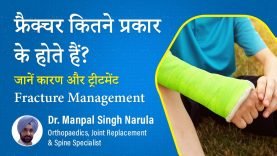


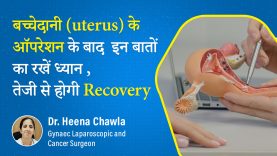
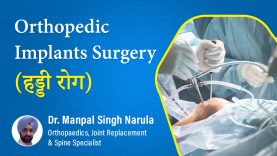
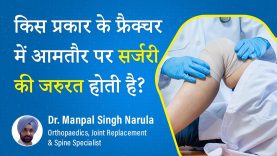


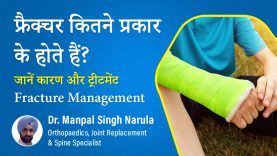
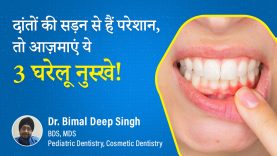
Comments (0)